This is a short list of things we shouldn’t feed our dogs. They can be dangerous to your pet.
10.
Nuts
Squirrels love them, dogs like them, but they can be bad for your pet. Nuts are high in fat and can cause your pooch to vomit and have diarrhea.
9.
Bones
Although we all see our doggie friends in our minds eating big juicy bones, the truth of the matter is that bones that don’t splinter or break up can cause your dog to choke.
8.
Tobacco
We all know it’s bad for us, so why would we give our pet nicotine to cause him problems. Nicotene runs through a dogs system releasing harmful toxins that might kill him.
7.
Onions
Those look yummy, but if you share these tasty morsels with your pooch he might die. Onions and anything from the onion family causes the red blood cells damage and anemia. Raw onions can actually cause liver damage.
6.
Pits
No, I’m not talking about Pitbulls, I’m talking about the pits from fruits. This should be a no brainer, we wouldn’t eat them so why would we feed them to our dog. These can cause obstructions in the digestive track.
5.
Rhubarb Leaves
These toxic plants leave oxalates and will cause nervous and urinary system problems along with digestive problems.
4.
Raw Dough
Raw dough can ferment in the stomach and cause alcohol toxicity. When the dough rises and expands it causes gasses in the digestive system.
3.
Popcorn
This yummy snack can cause upper airway obstruction.
2.
Raw Eggs
Although we have all heard that raw eggs are good for a dogs skin and coat, it’s a myth. Raw eggs contain avidin which is known to decrease the absorption of biotin which might cause problems with the skin and coat. Eggs can also contain Salmonella.
1.
Chocolate
Although everyone knows the dangers of chocolate in dogs, it has to be stated again. Just say no to that sugary confection for your pooch. The methylxanthine alkaloids in chocolate cause serious problems including strokes, choking, and can kill your dog.

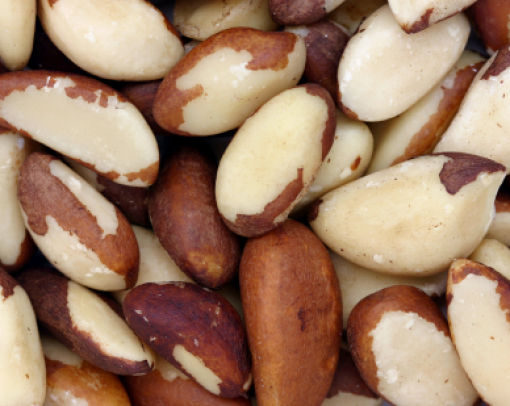
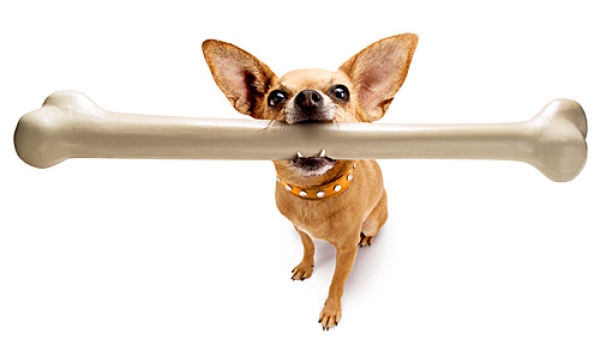
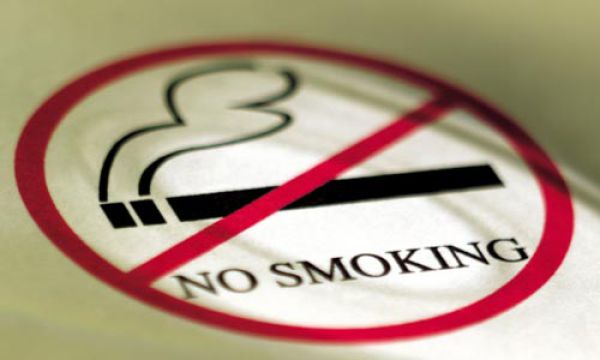
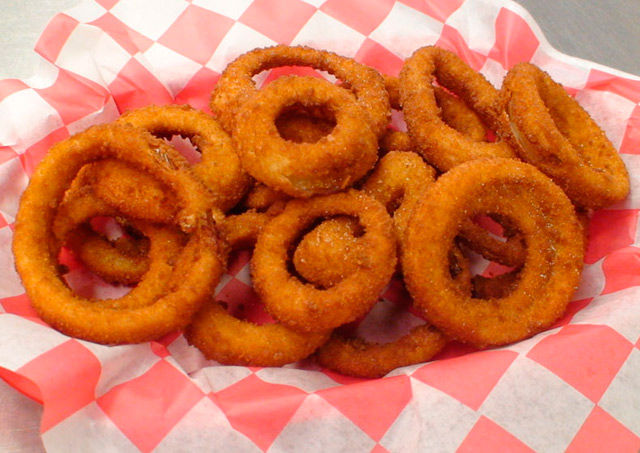
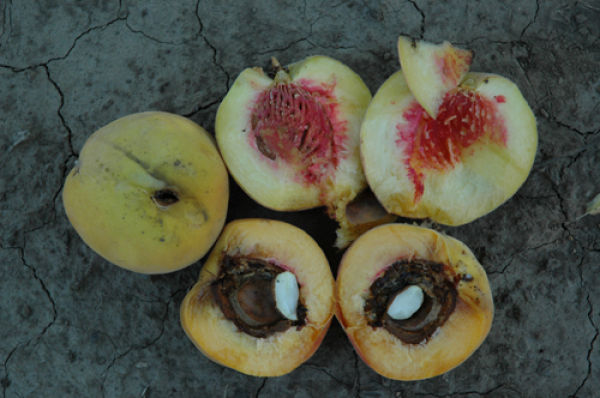
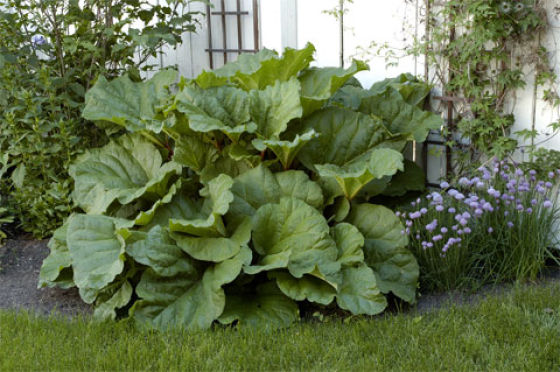
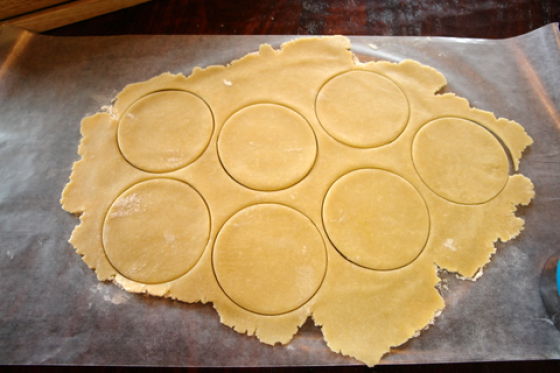
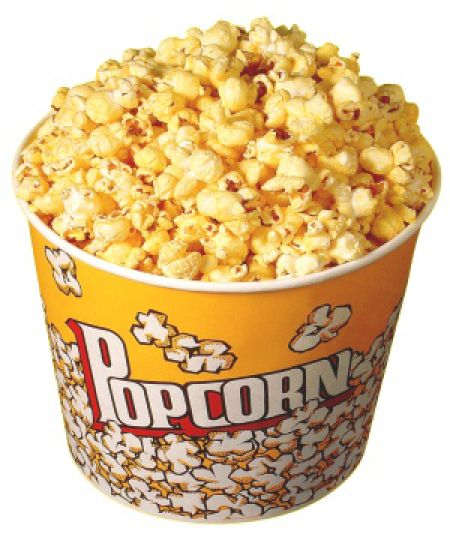
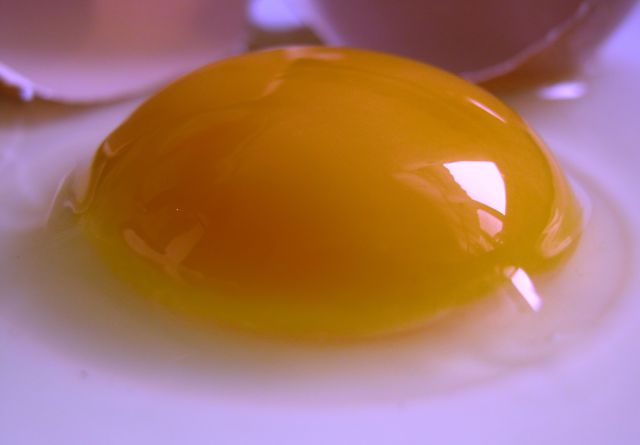
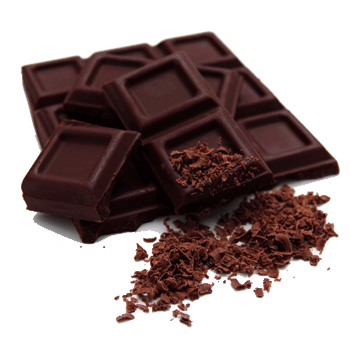



The factsheets are not legally binding on the European Commission. They do not claim to be exhaustive and do not represent an official interpretation of the Treaty text.
Within each factsheet, you may obtain definitions of certain terms by clicking on the relevant links to the glossary. Where appropriate, links are also provided to the guide to the Treaty of Amsterdam and to the full text of the provisions of the various Treaties (EC, EU and Nice).
My puppy has ate the same & she turned 4 this Summer.
Just a bit of the most things wont harm him.
only if there is a very big ammount.